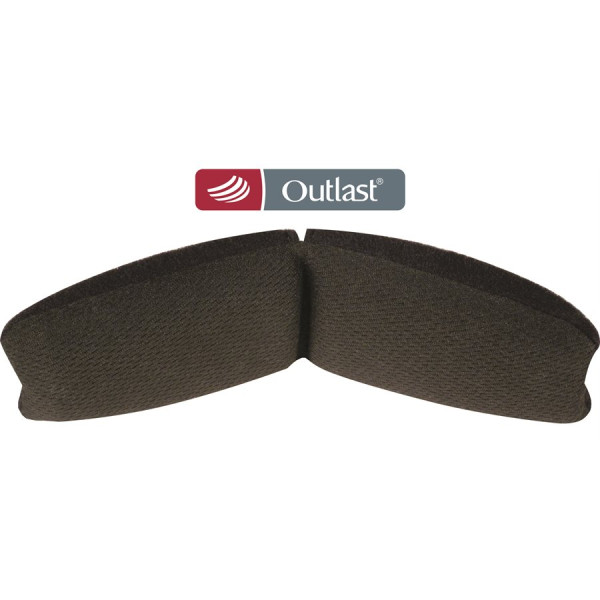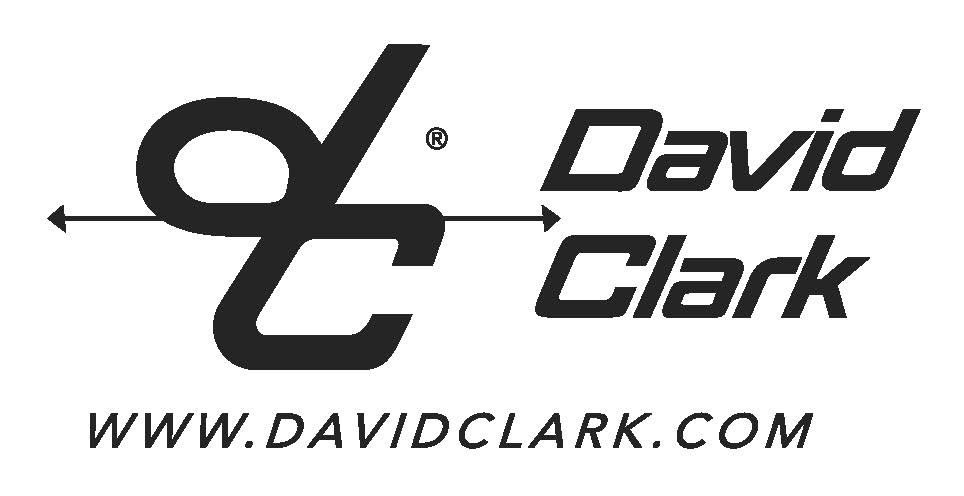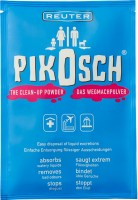
Prices incl. VAT plus shipping costs
Currently not available. Available soon unless it is out of stock. Please contact our Customer Support.
Outlast® technology, originally developed for NASA, utilizes phase change materials (PCM) that absorb, store and release heat for optimal thermal comfort. Outlast®?technology is comparable to ice in a drink; as it changes from solid to liquid, it absorbs heat and cools the drink, keeping that drink at the desired temperature for longer. Outlast®?phase change materials work in the same way, but are micro-encapsulated to be permanently enclosed and protected. This gives the head pad the ability to continually regulate the skin’s microclimate. As the skin gets hot, the heat is absorbed, and as it cools, that heat is released. Most other head pad materials utilize a 'wicking' process, which attempts to manage moisture by reacting to your sweat and pulling it away from the skin. The Outlast®? technology head pad will proactively manage heat while controlling the production of moisture before it begins. The result is the virtual elimination of 'hot spots' and discomfort. In a cockpit during a long flight, wearing a David Clark DC ONE-X Series aviation headset with an Outlast® technology head pad keeps you in your own, climate-controlled comfort zone.
David Clark ONE-X (incl. control module and twin plugs for GA), Headset Bag (black), Quick Start Guide
| Manufacturer / Publisher: | David Clark |
- Ear coupling: around-the-ear (circumaural)
- Hardware: lightweight alloy
- Connector type: standard dual GA plugs
- Connection cable: 0.155" (4 mm) diameter, OD shielded cable, length approx. 6 ft. (1.8 m)
- Weight w/o cable: approx. 12.3 oz. (349 g)
- Battery life up to 50 hours (2 AA batteries, not included)
- Operating temperature: -20° C to +70° C
- Operating voltage: 3V DC (2x AA)
- Dome type: ABS
- Characteristic SPL: approx. 95 dB SPL (1 kHz, 1 mW) @ maximum volume nominal
- Contact pressure approx. 1.4 lb. (6.2 N)
- ENC peak attenuation: 30 dB @ 150 Hz
- ENC attenuation range: 20 Hz - 1 KHz
- Total harmonic distortion (THD): < 1% - 110 dB SPL (300 - 3,000 Hz)
- Ear Transducer principle: dynamic
- Ear Impedance: 150 mono / 300 stereo (each ear)
- Ear Freq Response: 12 - 15,000 Hz
- Microphone principle: pre-polarized condenser microphone (electret), noise-cancelling
- Mic Impedance: 150 nominal
- Mic Sensitivity 400 mV +/- 6 dB into 150 load @ 1kHz for 114 dB SPL input
- Mic Freq Response: 150 - 8,000 Hz
- Mic DC Supply Voltage: 8-16 V, not polarity sensitive
- Source Resistance: 470



























